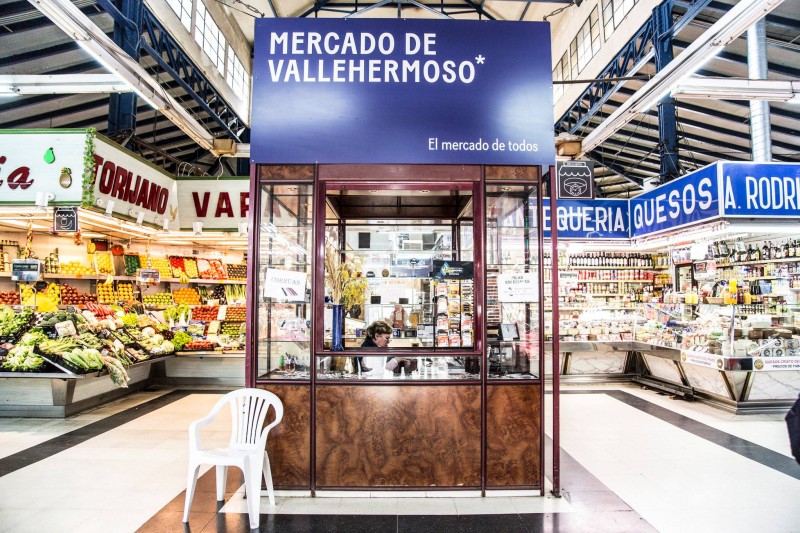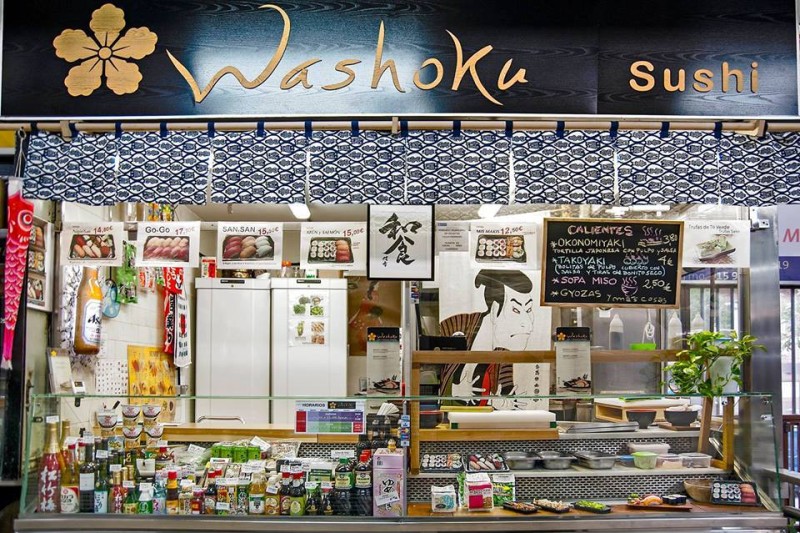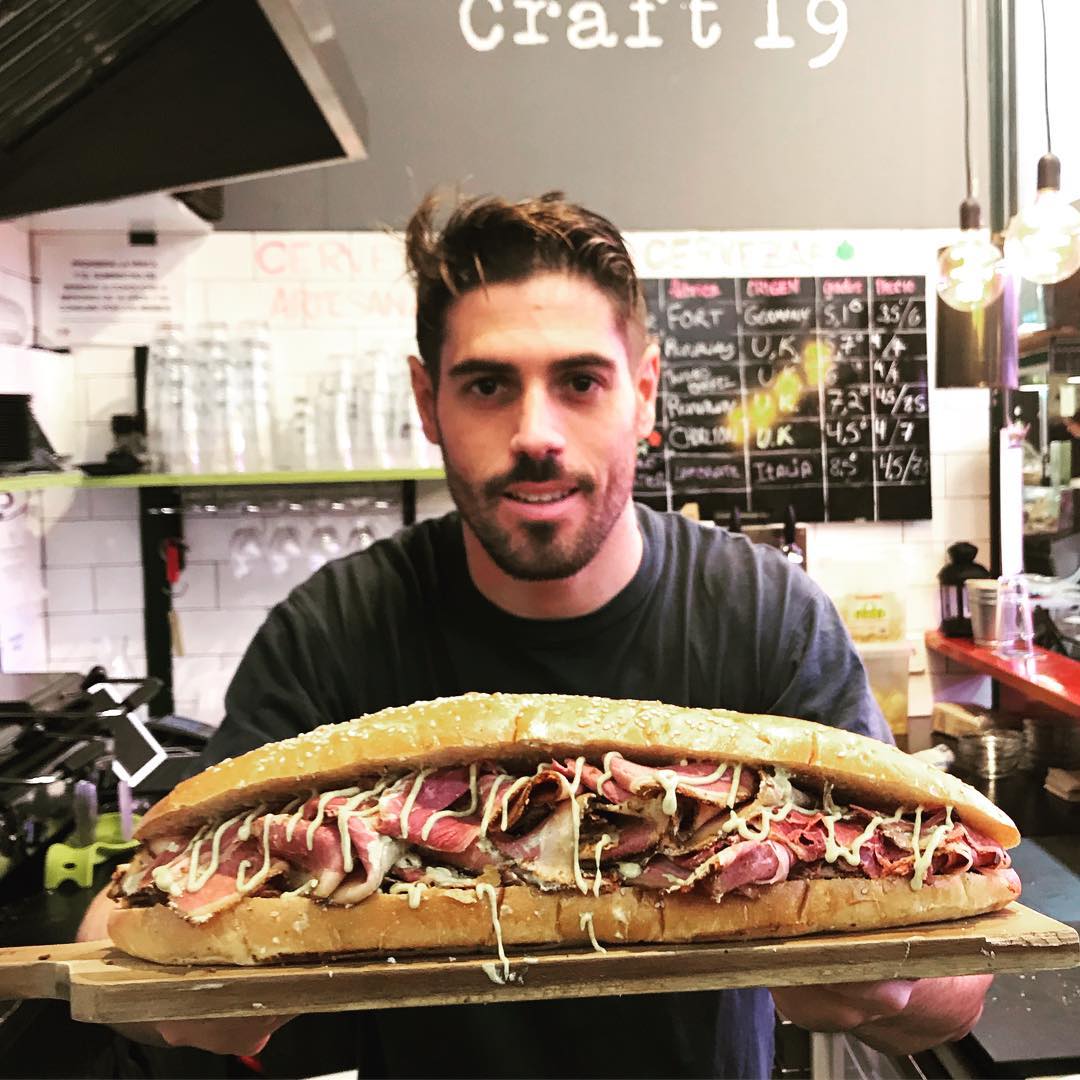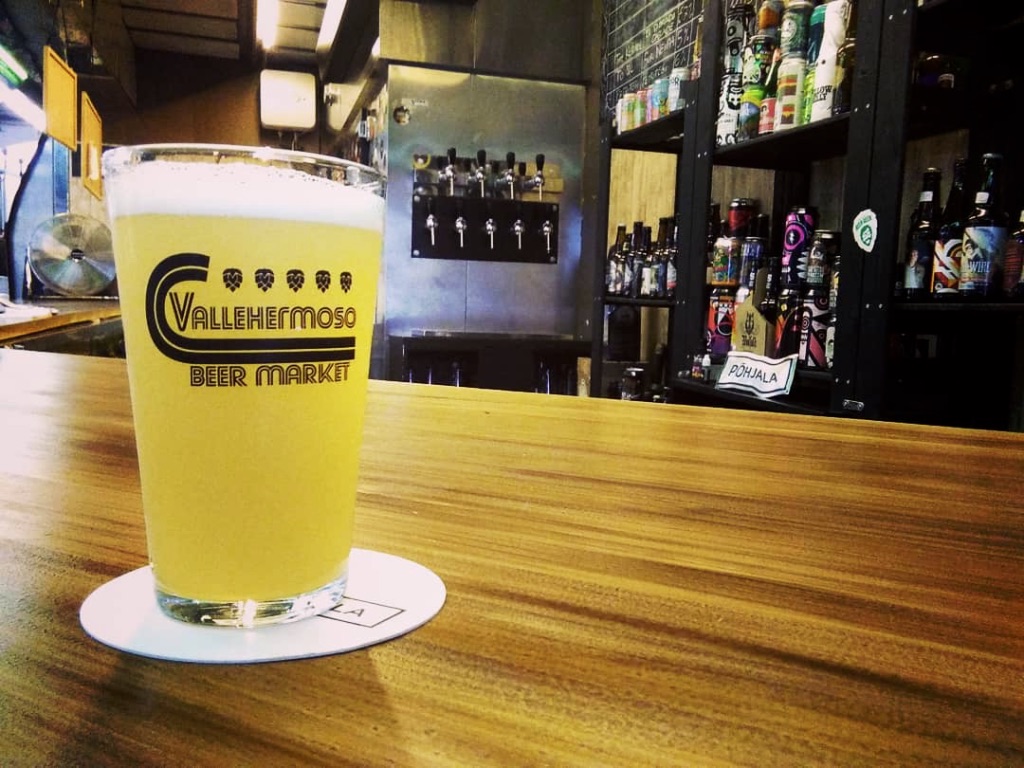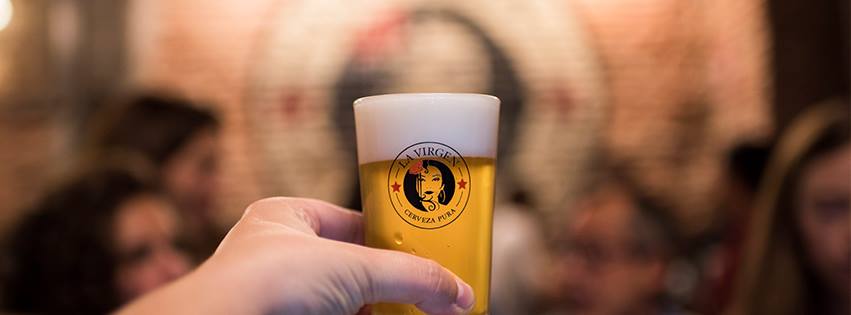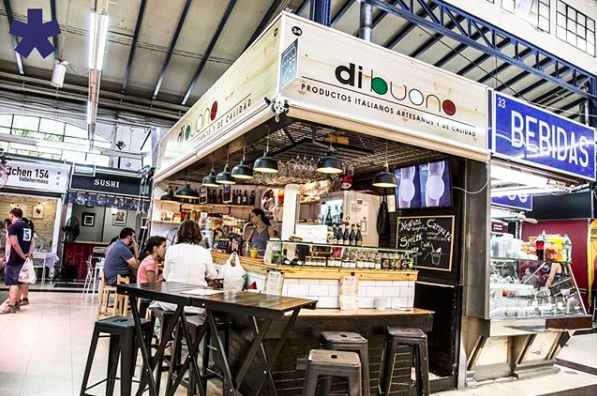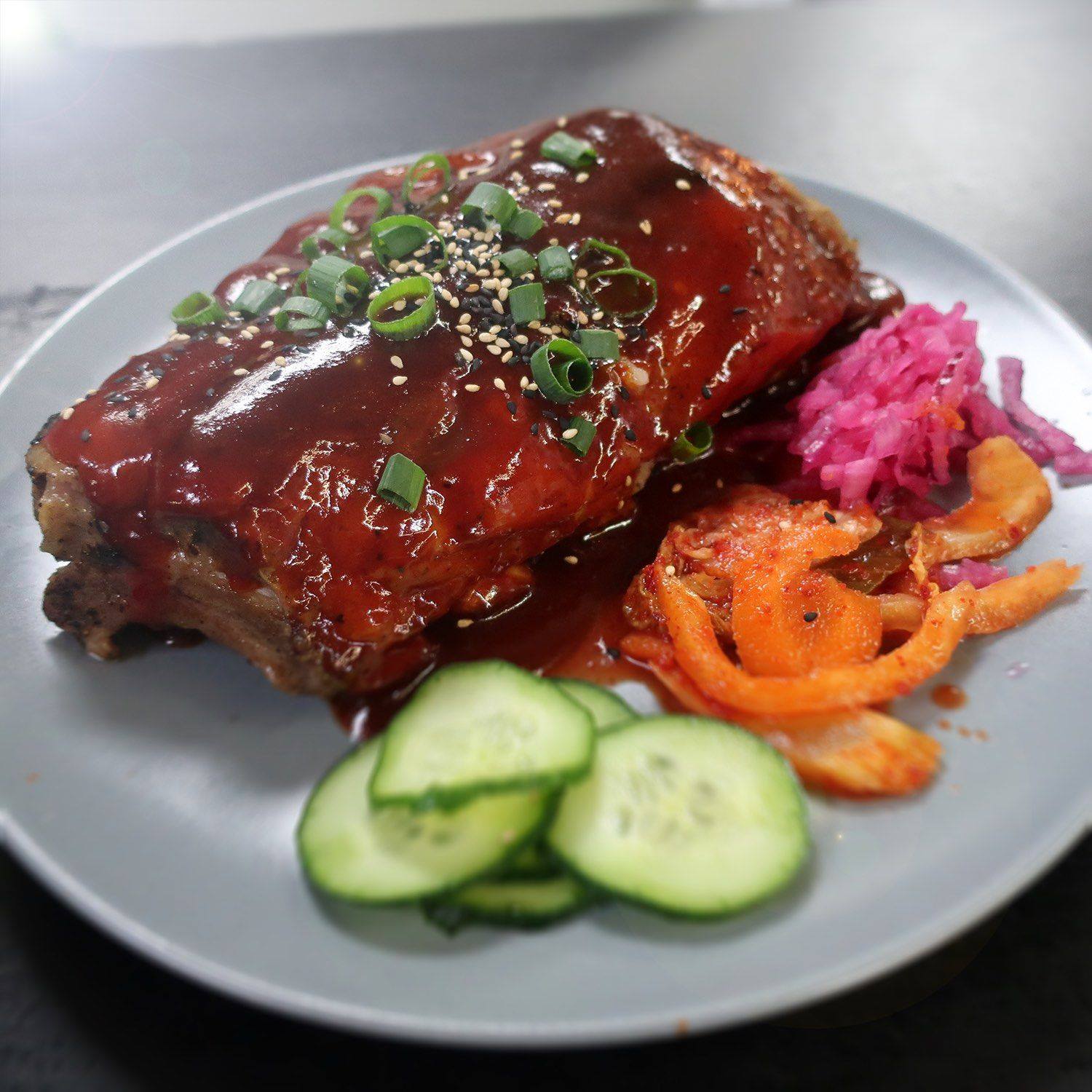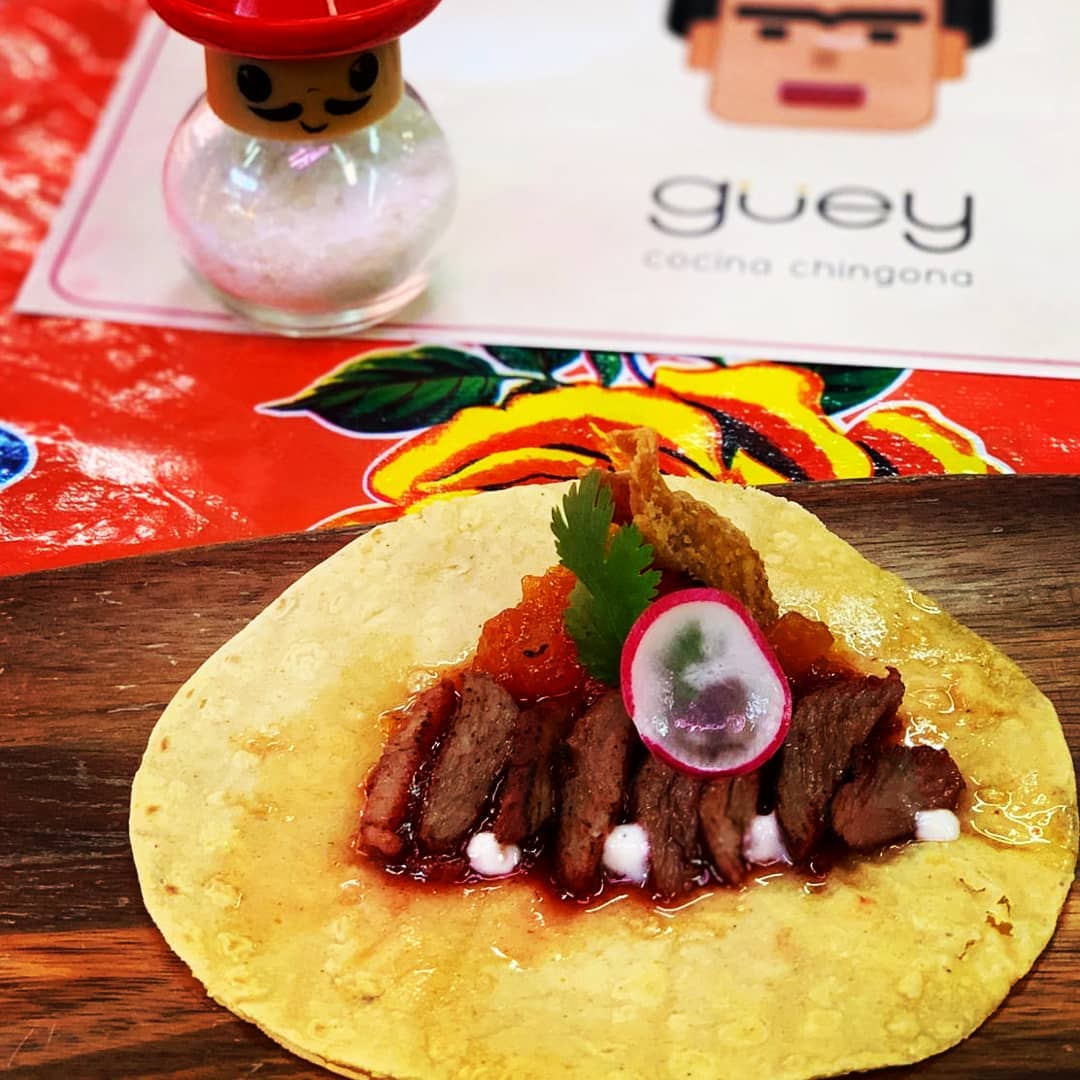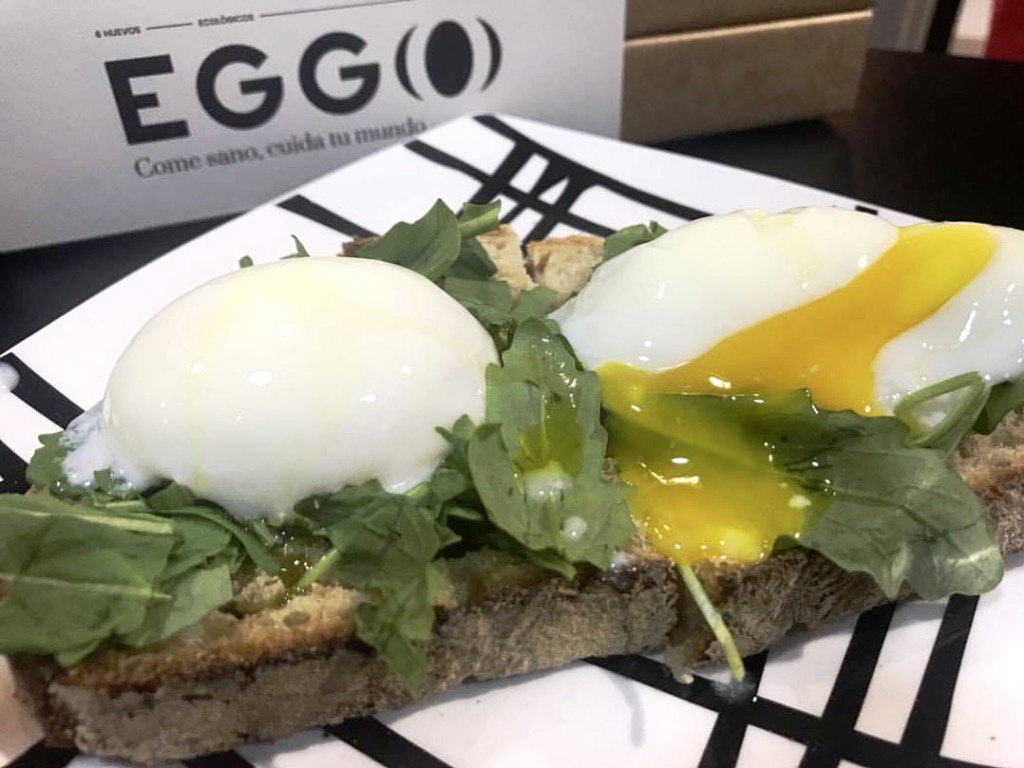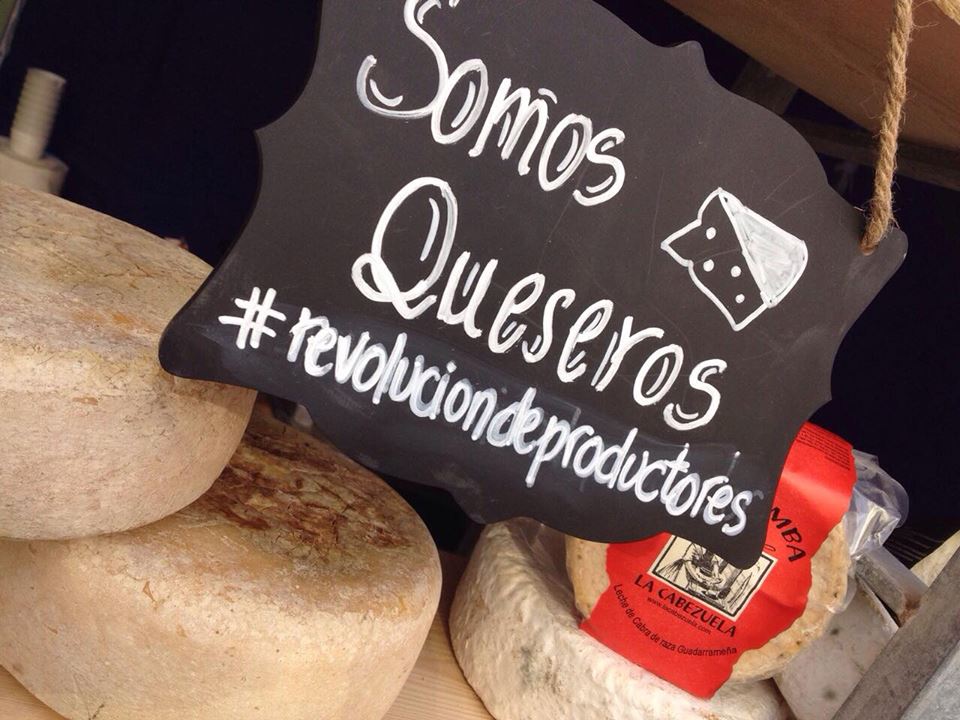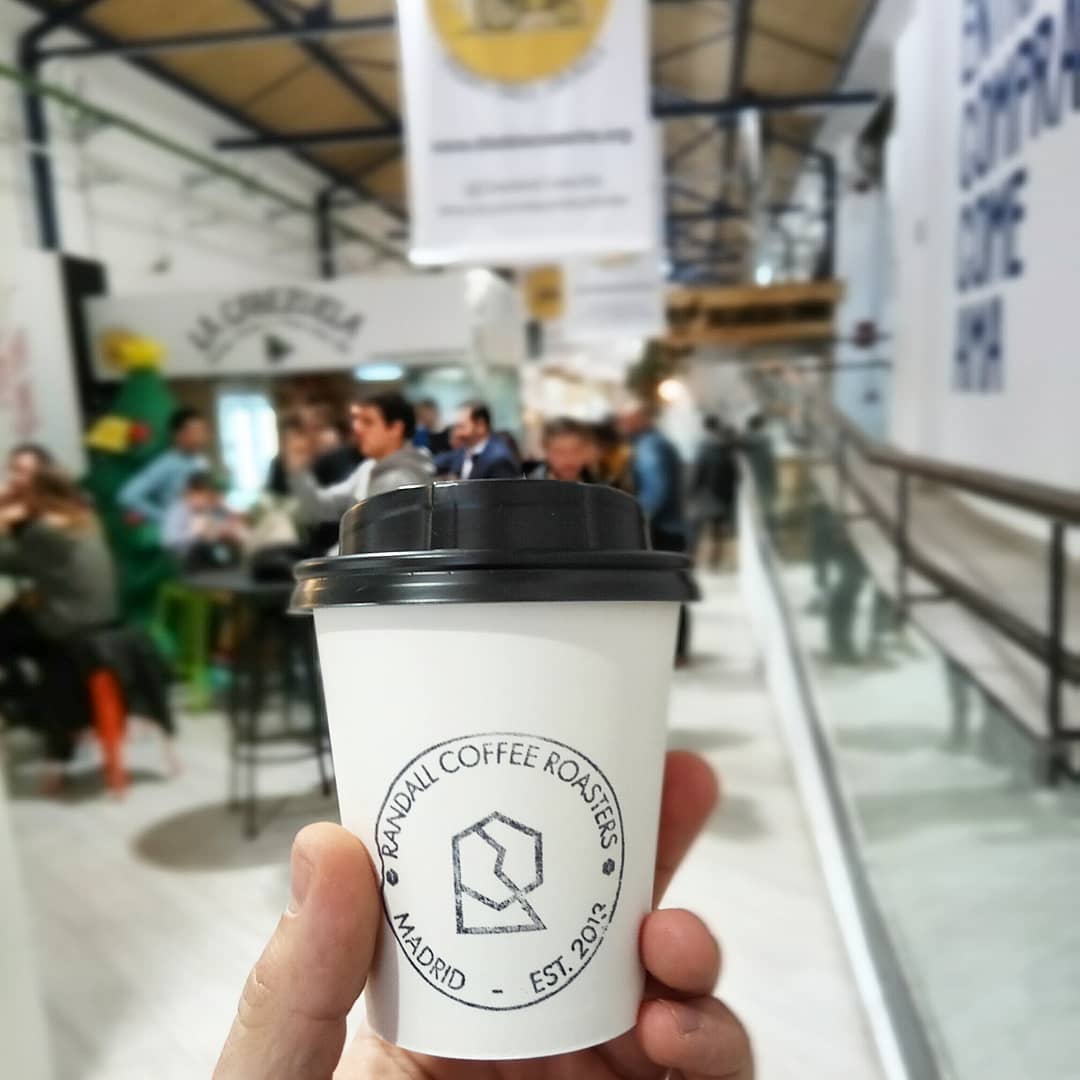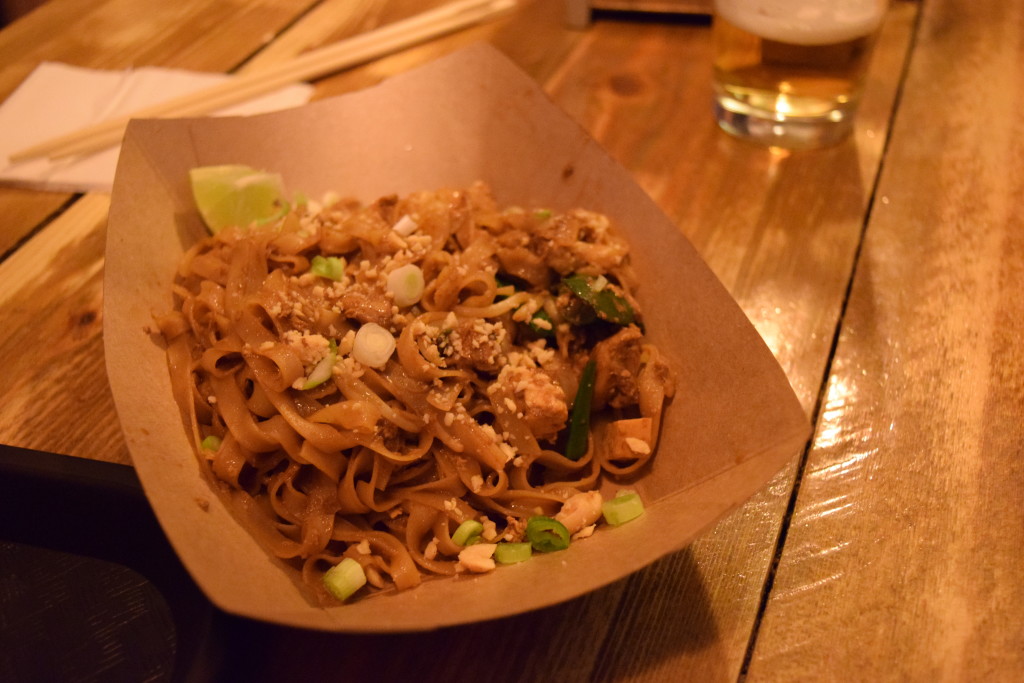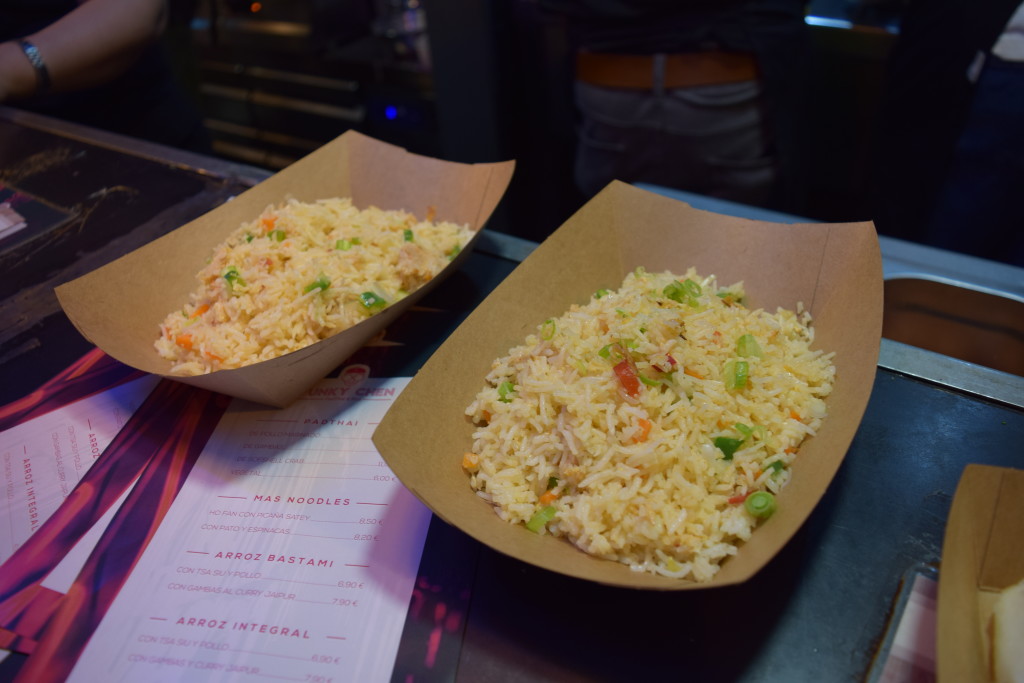The Story of the Rastro’s Radical Flower Market
Every Sunday, one of the most authentic experiences in Madrid takes form. With little evidence of commercialization, the Rastro, Madrid’s infamous flea market, continues to draw locals, exchange students and tourists. The charm of the market oozes the Spanish ambiance that many are searching for in between the ever-growing number of chain restaurants and carbon copy stores. It’s been around for over 400 years and has survived two dictatorships and countless wars, so it’s safe to say that it will be around for some time.
The Rastro extends from La Latina to Ronda de Toledo, but the best finds are in the winding streets in between. Many start by getting out at the La Latina metro station and then walking to Plaza de Cascorro, considered by many as the start of the Rastro. The contrasting smell of burning incense sticks and the sight of people rummaging through second-hand Levi’s reminds you that this is a market that caters for all.
As you battle your way through the crowds on Calle de la Ribera de Curtidores, and past the statue of solider Eloy Gonzalo, the market livens up to the soundtrack of African drummers and eccentric jazz musicians. Now is a good time to sit and enjoy the first caña of the day and engross yourself in the busyness of the Rastro.
Further up is Calle Carlos Arniches where you can browse through old books. Or perhaps you may want to get lost in the expensive antiques of Plaza General Vara del Rey. Towards the end of the Rastro is Plaza de Campillo del Mundo Nuevo where children go with their fathers, who went before them, to swap football stickers. This plaza is full of old magazines, comic books and music to suit all ages.
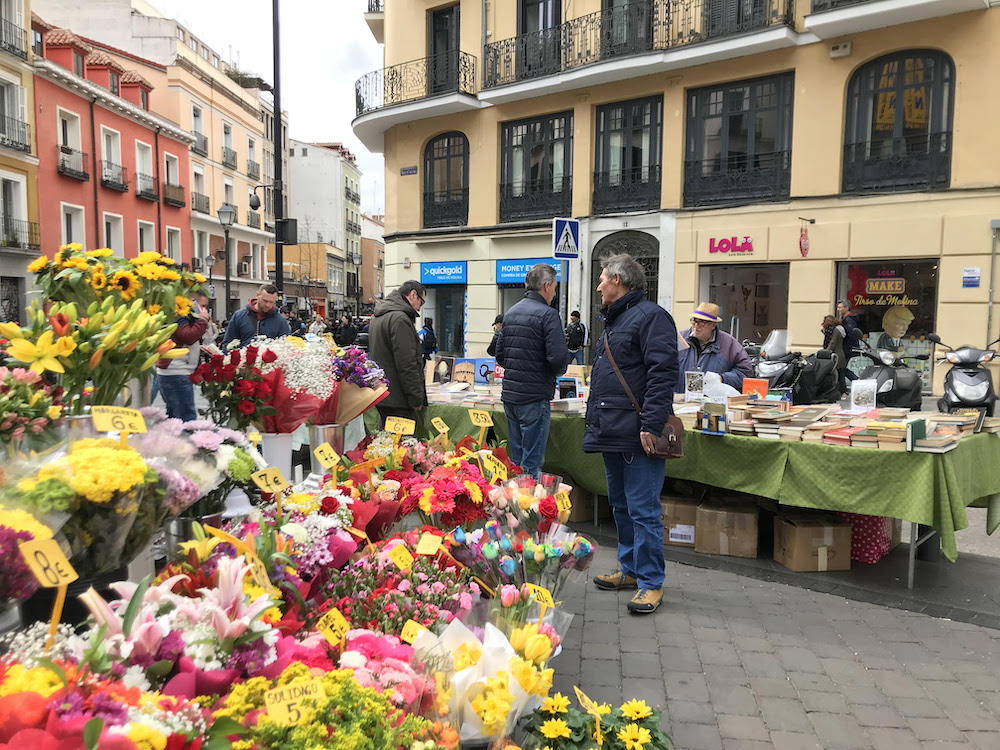
Yet, one of the most curious areas is the political flower market. Instead of getting out of the La Latina metro station head for Tirso De Molina. As you enter the plaza from the metro station it looks no different to any of the other sections of the market. Most people don’t give the stalls a second look as they see an assortment of flags, books and black t-shirts with rebellious slogans printed on them. However, upon closer inspection you can see that this is the most radical area of the Rastro.
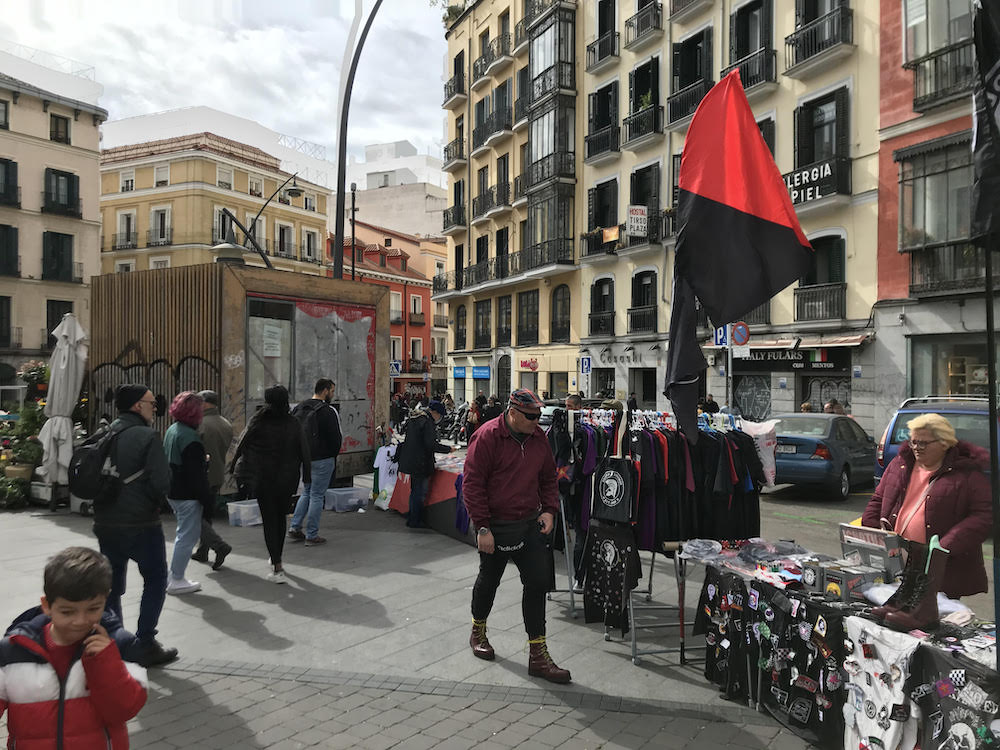
In the square, next to the terraces full of people taking a rest from the busy city on a Sunday morning, sits the flower market. In between the flower stalls, the flags of political movements, and the short-lived second republic, wave in the wind above the foldable tables.
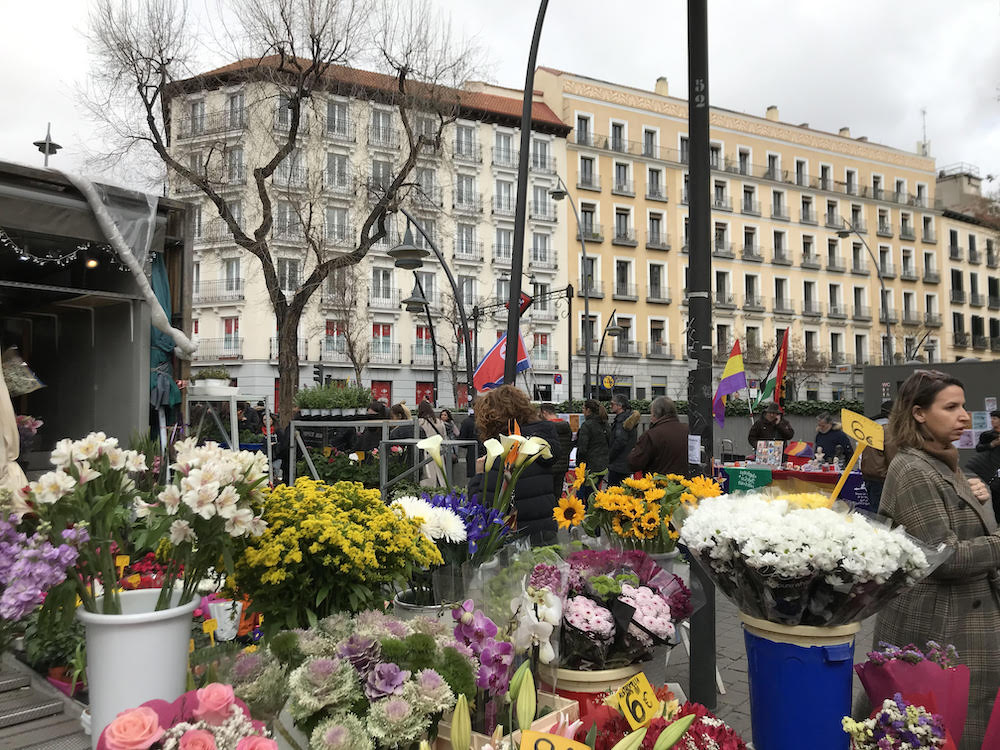
Many different political factions from Spain congregate here to sell their wares and show off their propaganda. The Confederación Nacional del Trabajo (CNT), an anarcho-syndicalist trade union, are based close to here and they are easily identified by their black and red flag. The CNT are the main political Spanish presence here, and then there are various collective groups that pop up from time to time, the most intriguing being the Friends of North Korea (easily identifiable by their red and blue flag next to the entrance of the metro). There are also ecology groups, feminist groups and many stalls selling all assortments of t-shirts and badges.
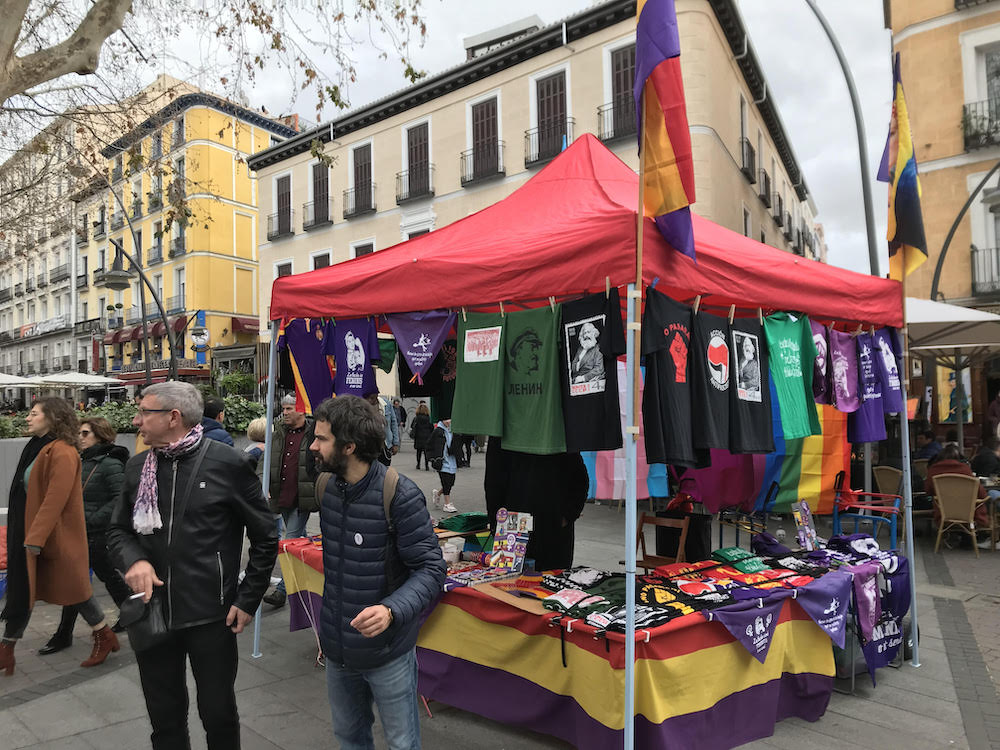
This is also a place for activist groups to come and campaign and gain signatures for petitions. I’ve seen groups fighting gentrification in Lavapies to euthanasia campaigners, with the latter group getting their cause in front of the Spanish parliament. Proving that where there is a cause, there is someone fighting for it. Whether that is on a stall in the Rastro or down the road in parliament. That said, you are not likely to see Partido Popular campaigning for lower taxes here, this area is very much on the progressive left side of politics. In fact, it was once called Plaza del Progreso in the 18th century. Later it was renamed after Spanish playwright Tirso de Molina, whose real name was Gabriel Téllez. He was a monk who lived in a monastery which was on the site in the 17th century. However, he didn’t write about god, he wrote erotically charged plays. As you can see the area has links to rebellious people.
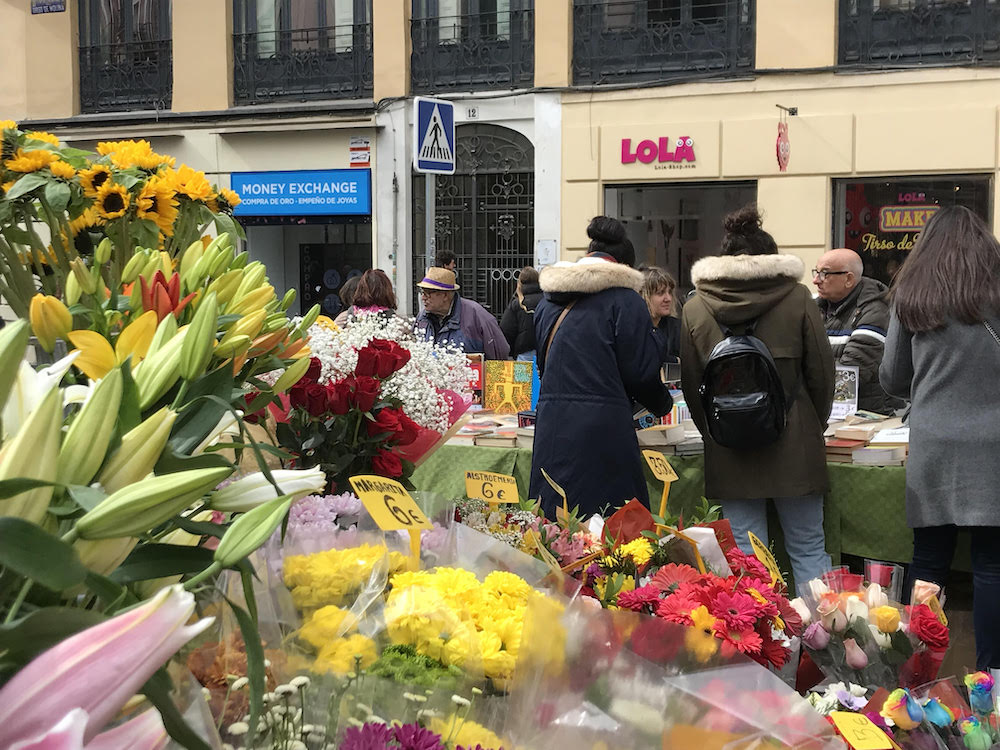
The various groups, despite their differences on political theory, get along and many have been coming here for years. Busts of Lenin, purple feminist t-shirts and literature on the ecological state of the planet can all be brought here along with a bunch of daffodils. So why are old revolutionists and feminists sat with flower sellers?
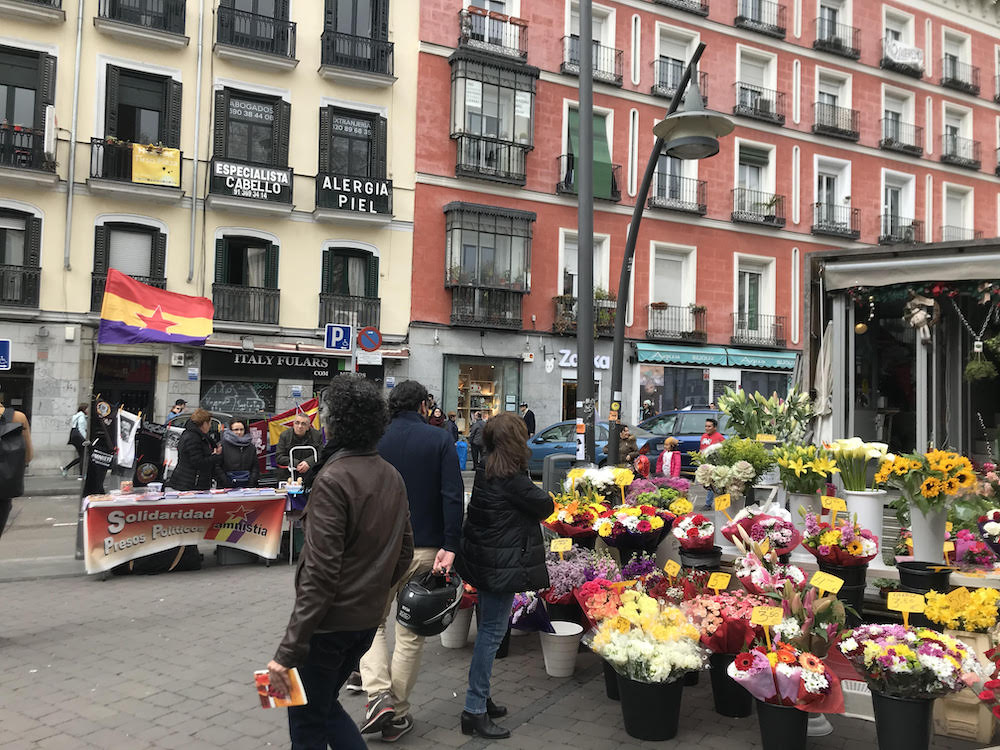
During the time of the dictator Francisco Franco they banned all political parties. However, many people were resistant to his regime throughout the 35 years that he ruled over Spain. The Spanish Communist Party became a focal point, as the Spanish Socialist Party amongst others went into exile during the dictatorship. Even people that weren’t sympathetic to the communist cause joined the party in secret. These people were more anti-Franco rather than pro-communist. There were also several other smaller groups spread out over Spain.
These various factions worked with foreign political forces from outside Spain, or Spaniards that had gone into exile. They would coordinate amongst themselves to make sure that Franco’s regime never had an easy life. Their goal was to transition the country back to a state of democracy after the dictator’s death. An example of this underground resistance was the assassination of Luis Carrero Blanco. He was installed as Prime Minister by Franco before his death, and many thought that he would continue the dictatorship after Franco had gone. A group put a bomb under his car and set it off as he was leaving mass.
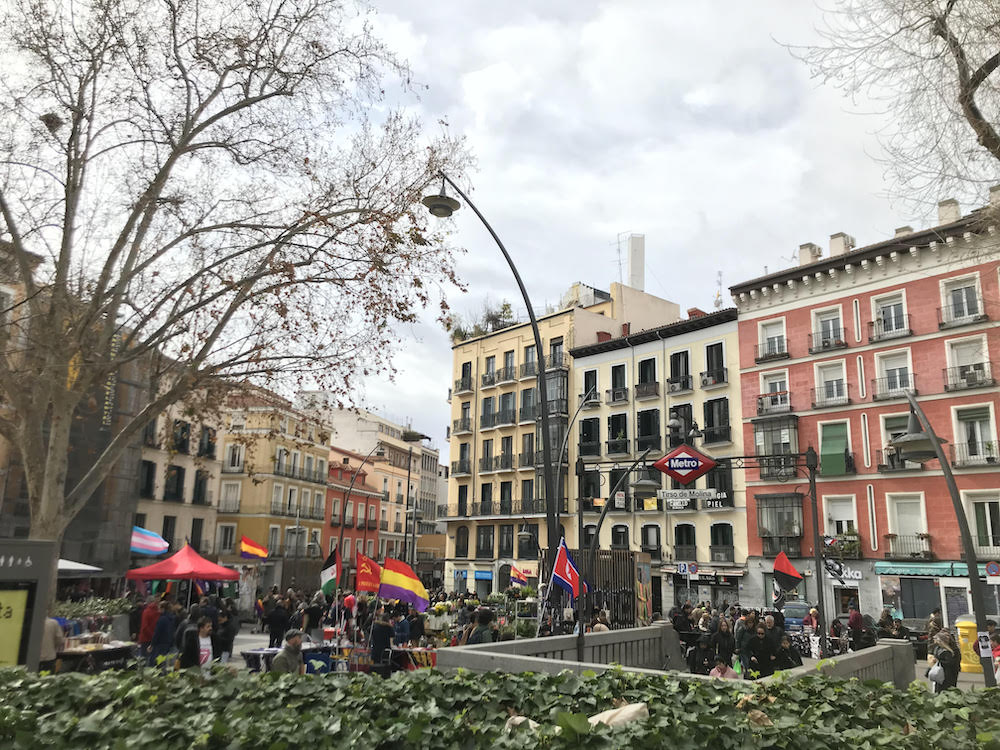
Plaza Tirso de Molina was where these groups used to exchange political messages. They used the flower market as cover so that they could exchange political messages. The people that gather here today amongst the different coloured roses and bouquets continue to respect this tradition and meet here every Sunday. This is the story of the Rastro’s radical flower market.
By Alan McGuire
Alan McGuire is a British writer living in Madrid. He is currently working on a book about Spanish society and a YouTube channel about modern Spanish history. You can follow him on Twitter here.
